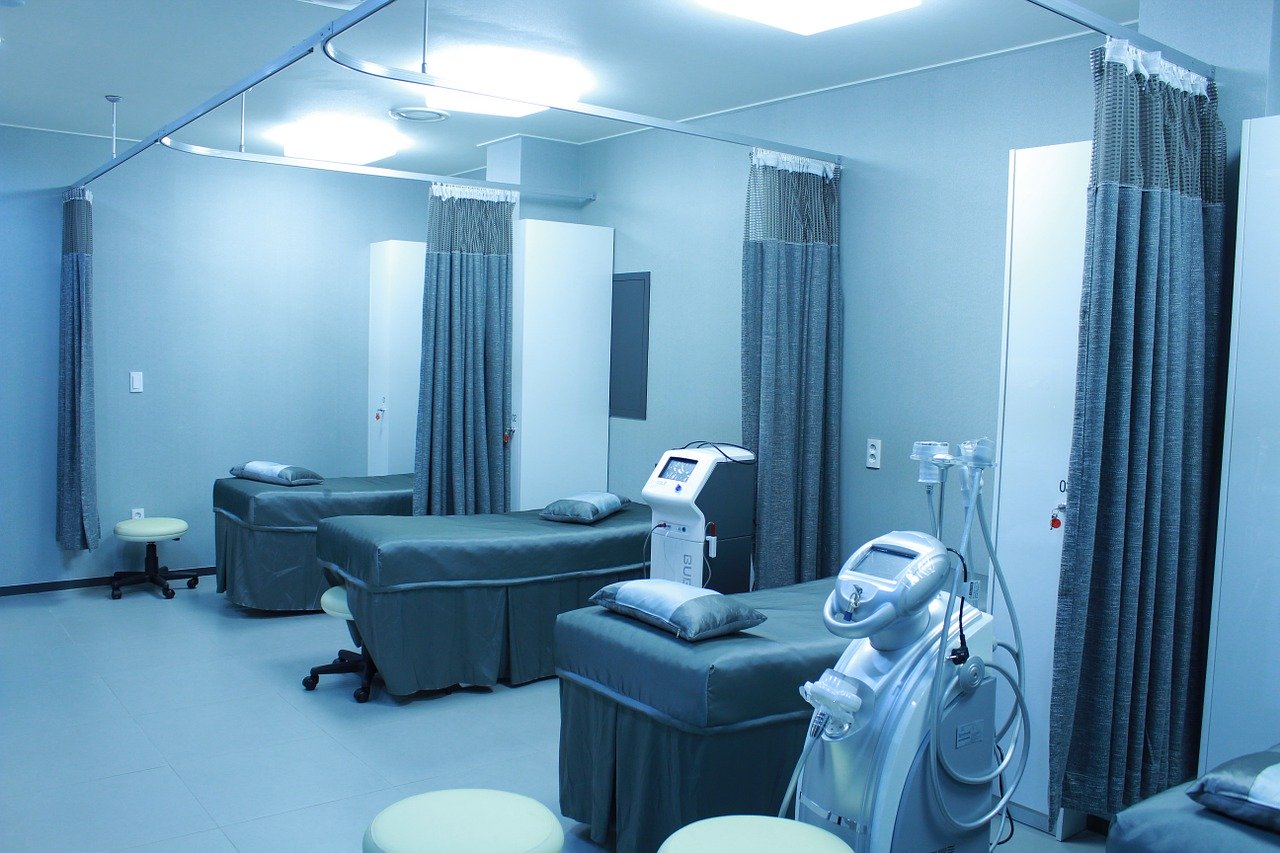Every time I visit a hospital for professional or personal reason, I cannot help observing areas where improvements could be suggested. Some of the easy improvement opportunities to spot are dirt and scratch marks on walls, doors, lifts interior finish, corners, and floors. Most of these marks representing wear & tear of wall finish result from the daily traffic comprising of patients, visitors, patient beds, and other medical equipment’s frequent movement across the hospital or medical facility.
Designing hospital and healthcare buildings requires consideration as to how the facility will withstand the day-to-day rigours of repeat low impact strikes by the likes of plastic bins against Dirty Disposal store doors to heavy goods moving mini trucks and Automated Guided Vehicles (AGVs) carrying heavy goods trolleys bashing against corridor walls, door frames, and lift entrances etc.
There are a number of areas that can be looked in to and many types of protections that could be suggested throughout the hospital. Here we can point out an outline for most typical locations below, which will help you plan the rest of the areas as well:
- Main hospital corridors to have low level rails for protection from mobile equipment and trollies traffic, and high level for infirm patients and visitors
- All corners in the main corridors, Wards (for bes & trolley transport) and lift entrances to have corner protection
- Waiting areas where seats are placed against the wall to have wall protection mid-level rail or 2mm Acrovyn type sheet
- All waste bin / disposal hold areas to have 2mm Acrovyn sheet on doors from bottom to 1.5m
- All lifts inside walls to have low and mid-level rails
- All FM and goods transport streets and main corridors to have heavy wall protection rail guards and doors protection from trollies, goods transport vehicles and Automated Guided Vehicles
- Mobile Disposal bays, equipment bays, Linen trolley & Wheelchair bays, Resus trolley bays and fire extinguisher bays, niches etc., to have Acrovyn sheet type wall protection
- Low level sheet protection to staff bases, reception desks, child play areas
- Bedhead wall protection and floor mounted wheel locators in wards for wheeled beds
I hope the above summary will help you with the overall premises analysis and the type of protection to consider for any given hospital/medical facility. Better still visit a couple of hospitals and go around looking for such areas and type of protection used.
Let us know what you think about the above information and if you have other areas to add to the list
